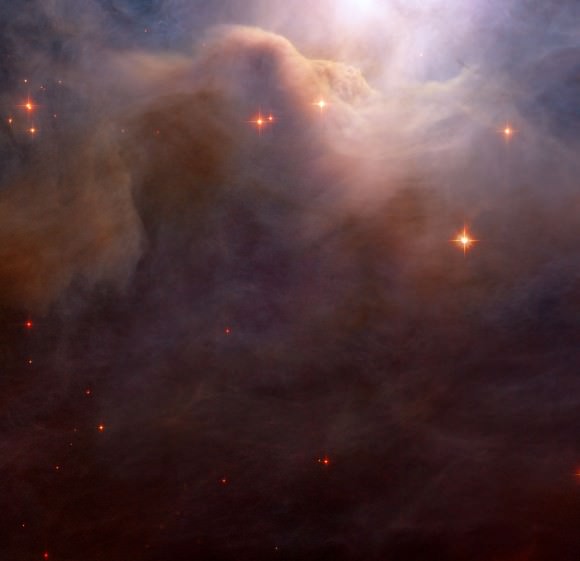Dating a Cluster – A New Trick
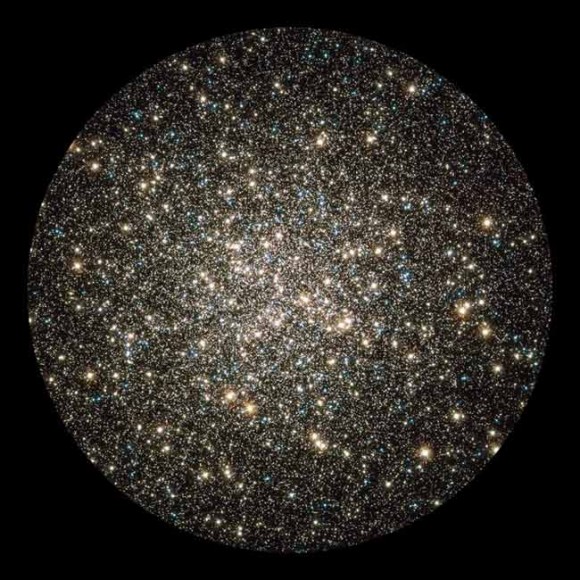
Finding the ages of things in astronomy is hard. While it is undoubted that the properties of objects change as they age, the difficulty lies in that the initial parameters are often so varied that, for most cases, finding reliable ages is challenging. There's some tricks to do it though. One of the best ones, taught conceptually in introductory astronomy courses, is to use the "main sequence turn-off" of a cluster. Of course, applying any of these methods is easier said than done, but a new method may help alleviate some of the challenges and allow for smaller errors.(...)
Read the rest of Dating a Cluster – A New Trick (375 words)
For Christmas – Don't Think Nintendo Wii… Think Celestron Omni
Are you looking for the perfect family Christmas gift? Well, stop right there on drawing out your credit card, because there is no such thing. Every family is different. Different needs, different circumstances… even different financial situations. But, what I'm here to tell you about is something I've found that changed the way my science and nature-minded family looked at things. It's Omni… And time waits for no man. (...)
Read the rest of For Christmas – Don't Think Nintendo Wii… Think Celestron Omni (1,929 words)
How Galaxies Lose Their Gas

As galaxies evolve, many lose their gas. But how they do this is a point of contention. One possibility is that it is used to form stars when the galaxies undergo intense periods of star formation known as starburst. Another is that when large galaxies collide, the stars pass through one another but the gas gets left behind. It's also possible that the gas is pulled out in close passes to other galaxies through tidal forces. Yet another possibility involves a wind blowing the gas out as galaxies plunge through the thin intergalactic medium in clusters through a process known as ram pressure.
A new paper lends fresh evidence to one of these hypotheses.(...)
Read the rest of How Galaxies Lose Their Gas (548 words)
365 Days of Astronomy to Continue in 2010
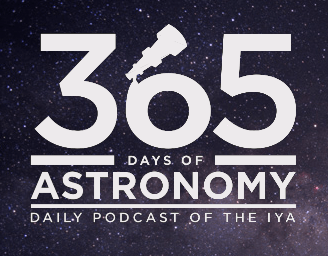
Calling all podcasters! The award-winning 365 Days of Astronomy Podcast is proud to announce the project will continue for another 365 days, and is now accepting sign-ups for participants for 2010. Whether you're a seasoned podcaster or if you have never picked up a microphone before, anyone with a love of space exploration and astronomy is welcome to sign up to do a podcast. If you've not yet heard of the 365 Days of Astronomy, it was a major project of the International Year of Astronomy, publishing 1 podcast for every day of the year. The podcast episodes are written, recorded and produced by people all around the world. As in 2009, the podcast team is looking to sign up a wide range of participants for 2010, from graduate students in astronomy to science bloggers to big media companies, to amateur and armchair astronomers. Here's your chance to share why you love astronomy and space exploration! Check out the ";Join In" page on 365 Days of Astronomy for more information
See the Invisible Sky with Chromoscope
Unless you're Superman or a rattlesnake and can see in X-ray or infrared, there are aspects of night sky you are missing out on. These days, the wonderful assortment of telescope and spacecraft data at our disposal allow us to "see" our universe in the different wavelengths which otherwise are invisible to our limited human vision. Now, there is a quick and easy way take advantage of this data to explore various spectra, and it's portable, too. At the dotAstronomy Conference today, a group of astronomers have revealed a new online tool: Chromoscope. The site shows the sky in a range of wavelengths, from high-energy gamma rays through to the longest radio waves, and allows user to move easily around the night sky and switch seamlessly between different wavelengths.
(...)
Read the rest of See the Invisible Sky with Chromoscope (358 words)
Cool – Literally – Extrasolar Planet Imaged

Yet another planet outside of our Solar System has been directly imaged, bumping the list up past ten. Given that the first visible light image of an extrasolar planet was taken a little more than a year ago, the list is growing pretty fast. The newest one, planet GJ 758 B is also the coolest directly imaged planet, measuring 600 degrees Kelvin, and it orbits a star that is much like our own Sun. GJ 758 B has a mass of between 10-40 times that of Jupiter, making it either a really big planet or a small brown dwarf.(...)
Read the rest of Cool – Literally – Extrasolar Planet Imaged (398 words)
Exploring to the Beat of Pulsars
An innovative project that provides high school students in Australia the opportunity to work with the famous Parkes radio telescope will soon make the data available to schools around the world. The PULSE@Parkes project allows for hands-on remote observing of pulsars producing real-time data, which then becomes part of a growing database used by professional astronomers. "Students can help monitor pulsars and identify unusual ones or detect sudden glitches in their rotation," said Rob Hollow from the Australia Telescope National Facility, and coordinator for the PULSE@Parkes project. "They can also help determine the distance to existing pulsars."
(...)
Read the rest of Exploring to the Beat of Pulsars (476 words)
Get the Big Picture of the Milky Way at the Adler Planetarium

Astronomy is all about getting the big picture of our place in the cosmos, but some pictures are bigger than others. This one is really big. The world's largest image of our Milky Way galaxy went on display today at the Adler Planetarium in Chicago. The image spans an area of 37 meters (120 feet) long by 1 meter (3 feet) wide at its sides, bulging to 2 meters (6 feet) to show the center of our humongous galaxy. The panorama represents 800,000 separate images taken by the Spitzer Space Telescope over a five-year period.
(...)
Read the rest of Get the Big Picture of the Milky Way at the Adler Planetarium (308 words)
Superbright Supernova First Observed of Antimatter Variety
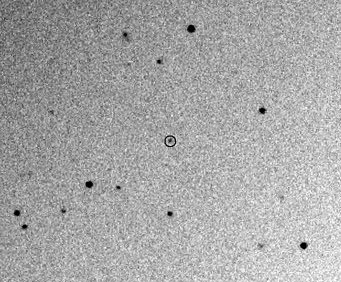
The supernova 2007bi, circled in the image above, might be the first confirmation of a pair-instability supernova. Image Credit: Nearby Supernova Factory
The supernova 2007bi wasn't your typical supernova: it was 10 times brighter than a Type Ia supernova, making it one of the most energetic supernova events ever recorded. Astronomers from the University of California Berkeley have analyzed the explosion, which was recorded by a robotic survey in 2007, and found that it is likely the first confirmed observation ever made of a pair-instability supernova, a type of extremely energetic supernova that has been theorized but never directly confirmed.(...)
Read the rest of Superbright Supernova First Observed of Antimatter Variety (627 words)
NASA Science News for December 2, 2009
While stuck in a sandtrap, Mars rover Spirit has made a discovery one researcher calls "supremely interesting."
FULL STORY at
http://science.nasa.gov/headlines/y2009/02dec_troy.htm?list1035898
ISS Temporarily Down to Crew of 2

Following today’s departure of the three man crew of Expedition 21 aboard the Soyuz TMA 15 capsule, staffing on the International Space Station (ISS) is now temporarily reduced to a skeleton crew of just 2 men for the first time since July 2006. The ISS had hosted a complete 6 person and truly international crew complement for the first time ever since its inception, starting in May of this year.
(...)
Read the rest of ISS Temporarily Down to Crew of 2 (1,032 words)
Capture A FUor!
What accretes quietly in the night and can be a blast to observe? Try a FUor… These high accretion, high luminosity phase pre-main sequence stars may only last a few decades – but display an extreme change in magnitude and spectral type in a very short period of time. While FU Orionis may be the prototype you know about, there's a lot more to learn and even more to observe! Step outside in the dark with me and let's take a look… (...)
Read the rest of Capture A FUor! (1,259 words)
Quasar Caught Building Future Home Galaxy
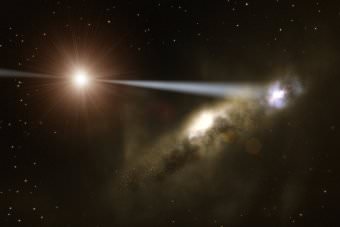
The birth of galaxies is quite a complicated affair, and little is known about whether the supermassive black holes at the center of most galaxies formed first, or if the matter in the galaxy accreted first, and formed the black hole later. Observations of the quasar HE0450-2958, which is situated outside of a galaxy, show the quasar aiding a nearby galaxy in the formation of stars. This provides evidence for the idea that supermassive black holes can 'build' their own galaxies.(...)
Read the rest of Quasar Caught Building Future Home Galaxy (475 words)
Hubble Sees Dazzling Dust in the Iris Nebula
Another gorgeous image from Hubble! This close-up of NGC 7023, or the Iris Nebula, shows an area filled with cosmic dust. Illuminated from above by the nearby star HD 200775, the dust resembles pink cotton candy, accentuated with diamond-like stars. The "cotton candy" is actually made up of tiny particles of solid matter, with sizes from ten to a hundred times smaller than those of the dust grains we find on Earth, and the "diamonds" are both background and foreground stars.
(...)
Read the rest of Hubble Sees Dazzling Dust in the Iris Nebula (109 words)
Countdown to Christmas: Hubble Advent Calendar

This is way cooler than those chocolate filled advent calendars that you can buy at the grocery store (although arguably less yummy): The Big Picture over at The Boston Globe is doing an advent calendar to count down the days until Christmas, only instead of opening a little door to nuggets of chocolate each day, you get huge chunks of Hubble eye candy!
Each day until Christmas you can feast your eyes on a new image from the Hubble Space Telescope like today's shown above. Hubble has produced enough images over its lifetime to fill a few thousand advent calendars. If you happened to be worried about your waistline this holiday season, forget buying a calorie-bloated advent calendar and head on over to The Big Picture for the next 24 images, which are sure to be stunning.
Little cycling cap tip to The Bad Astronomer




